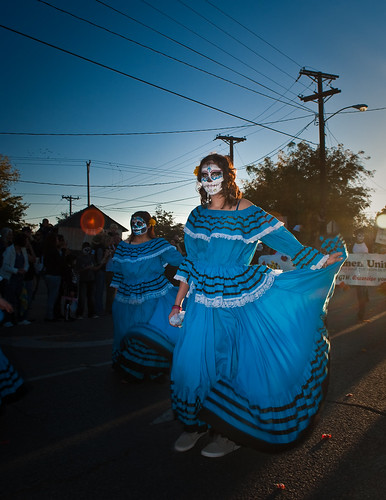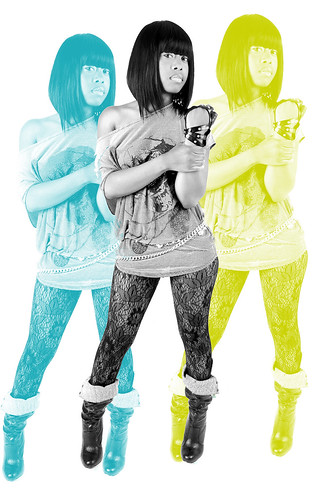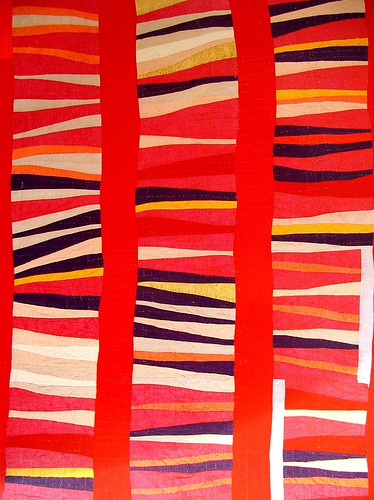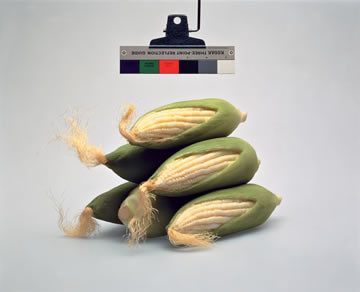The poetry of aerosol and the ghosts of Atget
This is pretty much the best picture I've seen in a long, long time.
You know how all these photographers travel to Paris to stick their tripods in the exact spot as Atget to recreate his magic, or maybe just to take notes on a city's change? Well, eventually they'll GPS our cameras, and then, well, then our generation or perhaps the one which follows us will have some Egglestons and Winogrands and yes, Atgets, and then being their ghost a hundred or a thousand years later will mean something completely different; they'll stand in the exact spot you or I or one of the famous ones did, breathe deeply hoping to conjure your ghost, your luck, your magic.
I personally don't have much nostalgia for this sort of thing, and I don't suppose I'll ever want to stand right where this picture was taken, but I would want to say to the photographer: "You've done it! You captured the inner woo-hoo, the elusive one, the childish gratitude inside of every photographer that feels exactly like blasting off into outer space powered by Aqua Net. That's quite a feat, actually, and can't be discounted. You've done it all with two cans, a man and a flash. Congrats."
Flickr Curation XXX
You ever notice how it's hard to look nonchalant in nipple clamps? Maybe it's just me.
The quilts of Gee's, at PB
Not Since Oprah decided to add Faulkner to her book club authors has anything been so notoriously ridiculous. The above quilt is from the collection of the rural Alabama artists of Gee's Bend. Their lovingly handsewn and handquilted blankets are one of a kind and completely exquisite, both as bedding and as works of abstract art. They'll be auctioned off soon (sad, actually, that they'll be leaving their original homes for likely vapid white walls or worse, archival boxes for storage). This could mean hundreds of thousands of dollars in the pockets of the daughters, grandaughters, and great-grandaughters of slaves and sharecroppers who used the most modest pieces of fabric imagineable: shed clothing worn until threadbare, grain sacks and rags... making them, ohhhhh, perfect. This is what I truly heart about the wealthy: enslave a people, then a few generations later, buy trinkets like a tourist for quarters on the penny.
Is there corn in my meds? Probably.
come into contact with in your daily life has
had some relationship to corn as a product. The
lubricant used to grind the camera lenses in the
photographic industry has a corn by-product
in it; the material used to polish the steel has a
corn by-product in it; the filmstrip itself has a
corn by-product in it, and many of the chemicals
associated with the production of a fine-art print
also have corn in them.
Mark Godfrey: Perhaps the artificial corn in the
photograph was made using a corn-by-product as
well?
CW: Yes. It’s not real corn in the image, but
artificial corn made for window displays or
photographic shoots. The company that produced
it estimated that 75% of the material used to
make the artificial corn is in fact with a corn byproduct.
One could say the photographic industry
has as much to do with corn as it does with, for
example, light.
See the photo here:
Flickr curations
Some found flickr images curated together from several different photographers/artists/sources. Click on any image to take you to its source.


















































